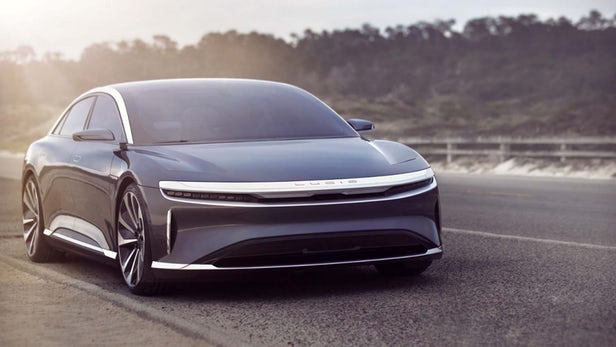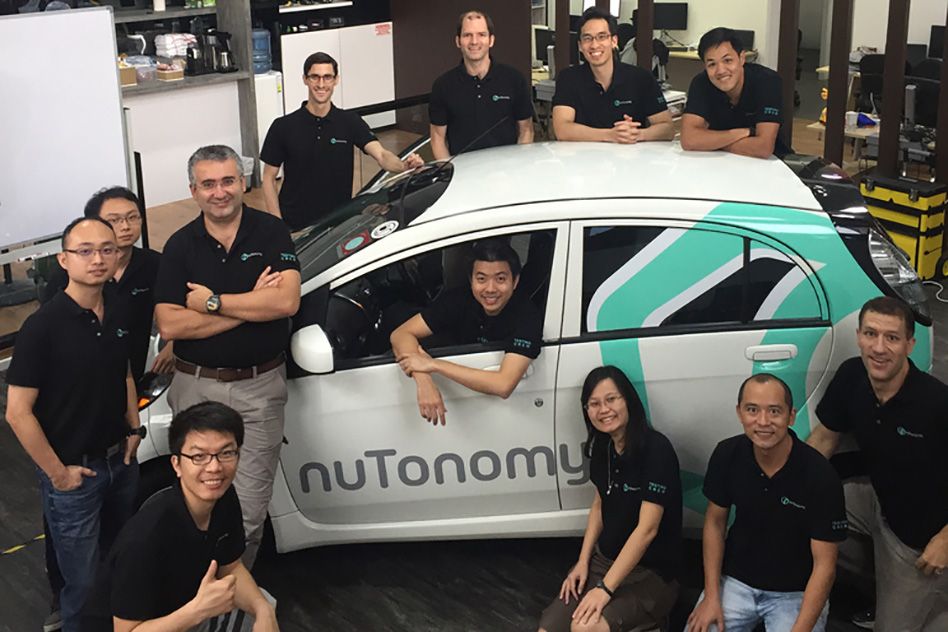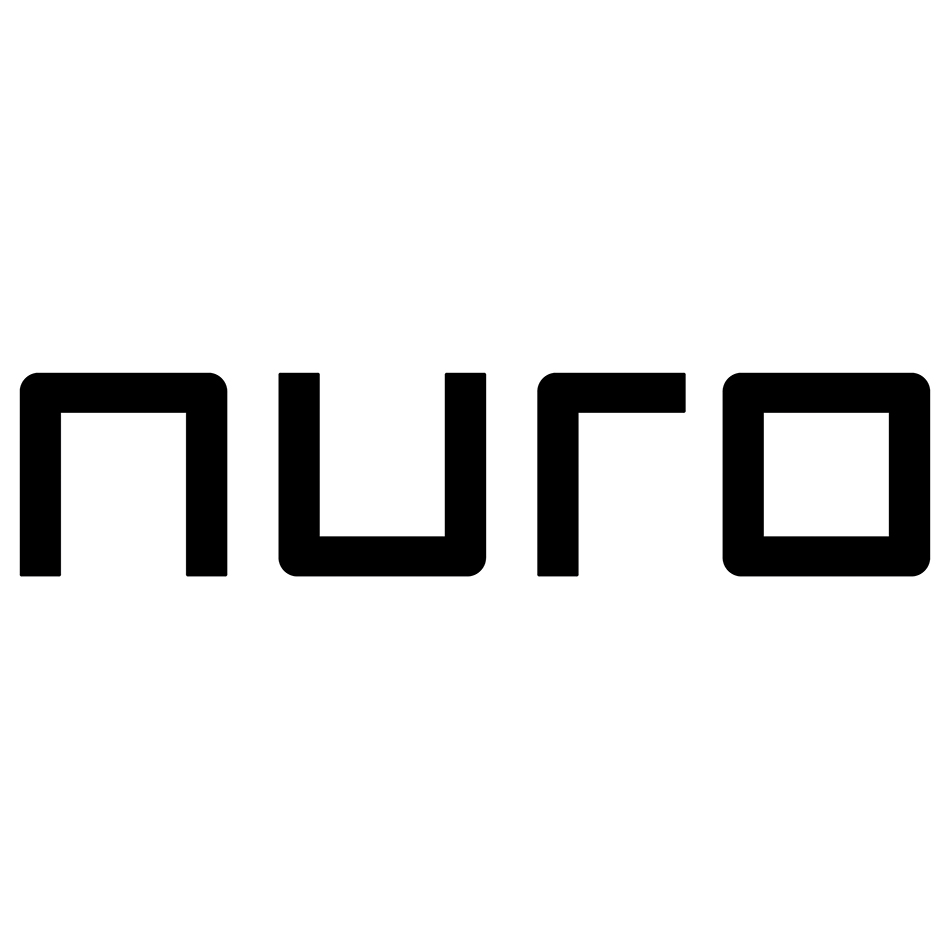In this post you will learn about the following 22 autonomous vehicle and car companies:
Some are well-known, some are not. Let’s dive in and explore career opportunities in autonomous vehicle industry.

Amazon recently acquired a startup called Zoox. The company develops self-driving cars and it cost Amazon over $1 billion.

Jobs AT AMAZON
Apply for Autonomous Vehicle related jobs here: Amazon Jobs
Apply for Analyst jobs here: Analyst Jobs at Amazon

Apple keeps its work on self-driving cars behind closed doors. Apple employees spread rumours about work being done on an electric autonomous car. People say different things, but what we know is that there was a project like that, however, the project’s focus has changed to developing self-driving car software instead of an actual vehicle. Few facts:
/article-new/2017/08/lexussuvselfdriving2-800x511.jpg?lossy)
According to MacRumors:
- Apple might still be working on building the self-driving car
- The vehicle will be deeply integrated with Apple’s software
- DMV issues an autonomous testing permit to Apple
- The company is testing self-driving software
Jobs AT APPLE
On their job board web page Apple added the filter named “Home Office”. If applied, you will filter out remote jobs. Search for “self-driving” or “autonomous” keywords.
Apply for Autonomous Vehicle jobs at Apple here: Apple Jobs
Apply for Analyst jobs at Apple here: Apple Jobs

Also called Apolong, its bus mass production was started three years ago in 2017. Three companies work on its production: Baidu, Kinglong and SB Drive (a subsidiary of Softbank). You won’t find a steering wheel, accelerator or brake pedals in the vehicle. It drives at speeds of 20 to 40 kph and is capable of sensing and predicting pedestrian and vehicle movements. It runs on an open-source driverless operating platform called Apollo 3.0.

JOBS at BAUIDU
USA-based Autonomous Vehicle jobs at BAIDU: Autonomous Vehicle Opportunities
China-based Autonomous Vehicle Research jobs at BAIDU: Research Job Opportunities



Recently, on August 11, 2020, Aptiv announced its autonomous driving joint venture with Hyundai Motor Group. They called the project Motional.
Motional has its offices in Boston, Pittsburgh, Las Vegas, Santa Monica, and Singapore.
Jobs at APTIV
The company takes serious precautions to prevent the spread of the COVID-19 virus. Read more about it on their career page. Also, they warn you about job scams. Nevertheless, you can apply for Autonomous Vehicle jobs at Aptiv here.
Jobs at MOTIONAL
A simple website takes you straight to the one-page career website. Apply for Autonomous Vehicle jobs at Motional here.



In July 2020, BMW Group, Intel, and Mobileye had joined their forces to push the needle further in self-driving vehicle development. Such a partnership will enable developing a truly end-to-end solution. Each company promises to contribute to this partnership in the following ways:
Mobileye contributes expertise in sensing, localization and driver policy. Mobileye currently plans to deliver fully autonomous cars to customers in 2022.
Intel brings a comprehensive portfolio of hardware solutions. The company will supply self-driving vehicles with powerful and reliable electronic brains, capable of processing terabytes of data in a matter of milliseconds.

JOBS AT BMW
Autonomous Vehicle jobs at BMW: Apply for Autonomous Vehicle positions at BMW Group here.
JOBS AT Intel
Autonomous Vehicle jobs at Intel Automated Driving Group: Apply for numerous Autonomous Vehicle positions at Intel here.
JOBS AT Mobileye
Autonomous Vehicle jobs at Mobileye: Apply for Autonomous Vehicle positions at Mobileye here.

Bosch to Build $1.1 Billion Chip Plant for Self-driving Cars. According to Bloomberg:
Auto supplier Robert Bosch GmbH will build a 1 billion-euro (US$1.1 billion) semiconductor plant, the biggest single investment in its history, as the maker of brakes and engines prepares for a surge in demand for components used in self-driving vehicles.
Bloomberg

Jobs at Bosch
Bosch Center for Artificial Intelligence: Apply for Autonomous Vehicle positions at Bosch here.

Currently, Waymo operates their Level 4 robo-taxis in Phoenix, Arizona (there are drivers upfront functioning as a backup driver). Few weeks ago, in July 2020, Waymo LLC and Fiat announced their partnership to commercial vehicles. Fiat Chrysler will produce fully self-driving vehicles exclusively with Waymo going forward.

Since last year, Waymo nearly doubled its headcount from 800 to 1,500 employees. They call them “Waymonauts”. Waymo hopes that hiring of hundreds of engineers will help it achieve a technological breakthrough in developing autonomous vehicles.
Jobs at Waymo
The company warns applicants about potential scams and informs that they “…do not contact candidates about career opportunities through instant messaging apps like Telegram, email addresses from domains other than waymo.com…”
Apply for Autonomous Vehicle positions at Waymo here.

At the end of July 2020, Argo AI was valued at $7.5 billion. Three years ago, in 2017, the company cost just a little more than $1 billion. The company shows significant growth, and expansion, which means more jobs and opportunities for professionals in the autonomous vehicle development industry.
Jobs at Argo AI
Apply for Autonomous Vehicle positions at Argo AI here.

The company laid off nearly a hundred employees, under 10% of the entire staff, in April. Zoox’s job openings were the same in February as they were in October, however, fallen down 31% since then. While it doesn’t seem promising for prospective employees, you still should apply and see if you win the lottery.

Jobs at Zoox
Apply for Autonomous Vehicle positions at Zoox here.

If you are not familiar, comma ai develops integrated third party autonomous driving solutions that retrofit into your car. The make an “open pilot”, which works by taking your car’s radar data and combs it with the camera built into comma hardware. Then the device determines what acceleration, braking, and steering events are required. The company had the mission to solve Level 3 in 3 years.
Jobs at Comma AI
Apply for Autonomous Vehicle positions at Comma AI here.
The Nuro R2 is a self-driving vehicle used only for the delivery of goods. It l transports goods instead of passengers. The vehicle is being tested on public roads in Houston, Texas. What is special about this vehicle is that its the first company to receive an autonomous exemption from the National Highway Traffic Safety Administration since its vehicles are designed to carry goods instead of humans.

Jobs at Nuro
Apply for Analyst and Autonomy Jobs at Nuro.ai

Lucid Motors, Inc. is an American automotive company specializing in electric cars. The company was founded in 2007, and is based in Newark, California. The company’s CTO, Peter Rawlinson, is the former Tesla Model S chief engineer and their first vehicle is an electric luxury sedan to compete with the Model S.

Lucid is currently best known for supplying batteries to Formula E race cars.
Jobs at Lucid Motors
Good news! CEO of Lucid Motors said that the company is still hiring and moving forward with its plan to bring the Air to production. He told the Silicon Valley Business Journal:
“Leading up to the rise of COVID-19, Lucid had grown to over 1,000 employees and we are maintaining this aggressive growth trajectory even now. We have worked with the HR team to maintain interview schedules for new-hire candidates while switching them to phone calls, and we are also moving forward on talent acquisition strategies.”
Apply for jobs at Lucid Motors here.
The company builds autonomous trucks. From their website:
“TuSimple is a self-driving technology company making it possible for heavy-duty trucks to operate autonomously on highways and surface streets. Founded in 2015, our global headquarters is located in San Diego, and we also operate facilities in Tucson, Shanghai, and Beijing. TuSimple achieved unicorn status in 2019 and is backed by an impressive group of investors which include UPS, NVIDIA, and SINA Corporation among others.”
TuSimple recently unveiled its plans to build out a coast-to-coast freight-hauling business. Following that announcement, US truck maker Navistar had joined forces with TuSimple, to build a self-driving semi-trucks.

JOBS at TuSimple
Apply for jobs at TuSimple here
Pony.ai is an autonomous vehicle technology company co-located in Silicon Valley, Beijing and Guangzhou. It was founded in late 2016 by two gentlemen: James Peng and Lou Tiancheng – former developers for Baidu.
The startup aims to build reliable autonomous driving solutions. From their website:
“Pony.ai has been committed to revolutionizing the future of transportation by building the safest and most reliable solution for autonomous mobility. Pony.ai has been testing its Robotaxi pilot service, PonyPilot since late 2018 in Guangzhou, China. With PonyPilot, Pony.ai became the first company to launch a Robotaxi operation and offer self-driving car rides to the general public in China. In November 2019, Pony.ai also became the first company to roll out a public-facing Robotaxi pilot service in California, demonstrating its ambition and commitment to mobility services at a global scale.”
$400 million were invested into the company by Toyota. (Feb, 2020)
Jobs at Pony.ai
Apply for opened positions at Pony.AI here
Embark is building self-driving trucks. Their automated trucks performed cross country rides, operating in rain and fog, and navigating between transfer hubs. The company’s website emphasizes the value of the team and employees, which makes it appealing to job seekers. Below is what they say:
“Embark is assembling a world-class group of engineers from companies like Tesla, Google, Audi and NASA with a professional operations team that averages over a million miles per driver. Working together, we are able to develop a system tailored to the demands of real world trucking.”

Jobs at EmBark

Four years ago, in 2016, Nissan announced its self-driving system ProPilot. This ADAS (Advanced Driver Assist System), evolved over time and New ProPilot 2.0 now has 3D mapping navigation, and with its advanced sensors and cameras, it even recognizes pedestrians’ faces.

Jobs at Nissan
Search and apply for Autonomous vehicle technology jobs at Nissan here

Created by former MIT faculty Dr. Karl Lagnemma and professor Emilio Frazzoli, self-driving car startup nuTonomy has been getting autonomous cars on roads from Boston to Singapore, where it has been providing autonomous taxis since 2016. NuTonomy has also partnered with Group PSA, owner of European car brand Peugeot SA, to bring self-driving SUVs to Singapore. In August 2016, it launched its autonomous taxi service using a fleet of 6 modified Renault Zoes and Mitsubishi i-MiEVs.


In June 2017, nuTonomy teamed up with Lyft to figure out how autonomous vehicles work in practice, whether they’re put toward ride-sharing or personal ownership. In the same year, in November, nuTonomy joined Aptiv and is now an integral part of Aptiv’s Automated Mobility team.

Jobs at APTIV (NuTonomy)
The company takes serious precautions to prevent the spread of the COVID-19 virus. Read more about it on their career page. Also, they warn you about job scams. Nevertheless, you can apply for Autonomous Vehicle jobs at Aptiv here.

Tesla is one of the early pioneers and leaders in the self-driving cars market. It has the self-driving system “Autopilot” and “Full Self-Driving.”
In his Tweet, Elon Musk wrote: “If you don’t have a college degree, it won’t hold you back from working for Tesla“. “Join AI at Tesla!”. The artificial intelligence team “reports directly to me [and] we meet/email/text almost every day.”
APPLY FOR AI JOB AT TESLA
Autopilot – find jobs related to autonomous vehicles
All Jobs – search through all job postings

Uber’s Advanced Technologies Group (ATG) is working on developing self-driving cars. The team consists of world-class researchers, engineers, and product specialists. Company’s mission is to bring safe, reliable self-driving transportation to everyone, everywhere.
jobs at Uber
Find and apply for jobs at Uber ATG here

Formerly Known As Azevtec, Outrider – the pioneer in autonomous yard operations for logistics hubs, helps large enterprises improve safety and increase efficiency. The only company exclusively focused on automating all aspects of yard operations, Outrider eliminates manual tasks that are hazardous and repetitive. Outrider’s mission is to drive the rapid adoption of sustainable freight transportation by deploying zero-emission systems. Outrider is a private company backed by NEA, 8VC, and other top-tier investors.

Jobs at Outrider.ai
Apply for opened job positions at Outrider.ai here.

Torc Robotics, headquartered in Blacksburg, Virginia, offers a complete autonomous software solution for mobility applications like self-driving cars and transit by working with partners in automotive, transit and technology. The company produces an autonomous technology that retrofits to existing machinery and vehicles. Its custom products, software and automation kits have been used on vehicles in several industries, including military, mining agriculture, and automotive over the last decade.

Jobs at Torc Robotics
Apply for jobs at TORC here.
.png?1561680260)
GM Cruise, commonly referred to as Cruise, is an American self-driving car company headquartered in San Francisco, California. Cruise is a majority-owned subsidiary of GM. Cruise vehicles are purpose-built for self-driving at a dedicated GM manufacturing plant.
Self-driving cars are built on the platform of Chevrolet Bolts. The company also works on its “electric shuttle”.


Jobs at GM Cruise
Apply for GM Cruise opened jobs here.



















